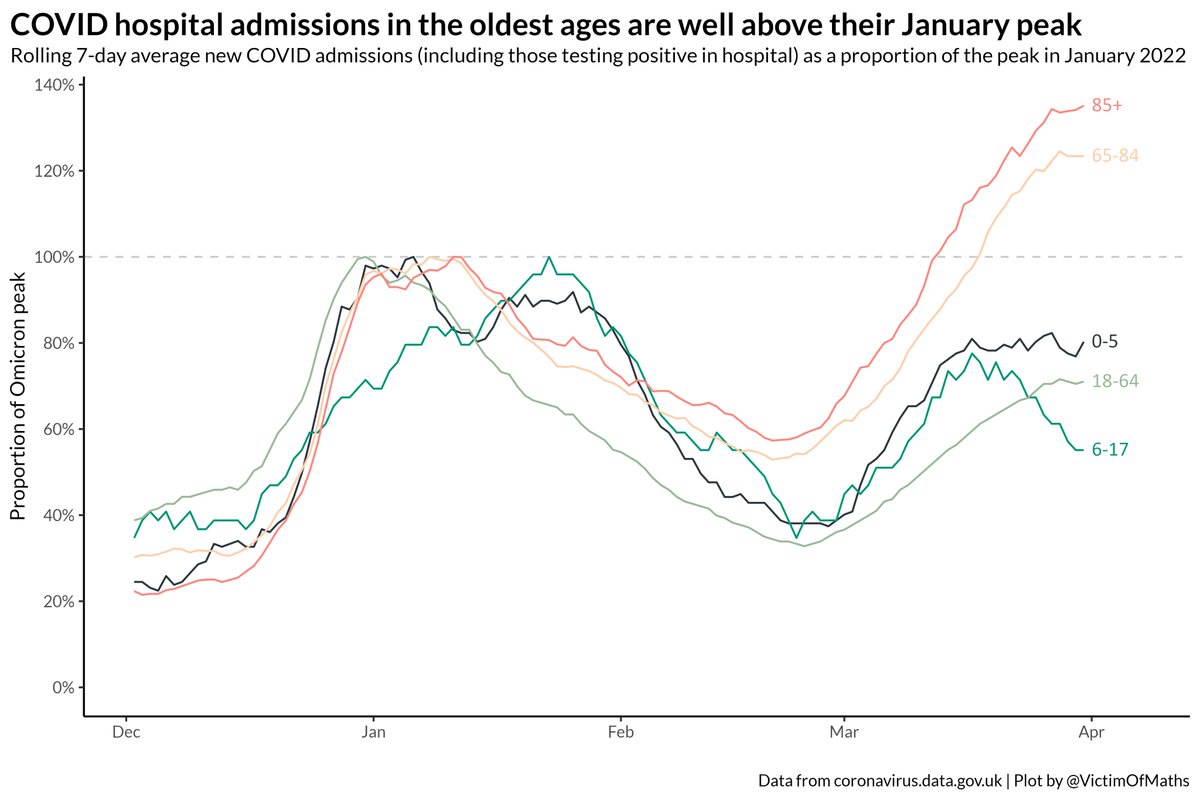
Feels as though I should get in on the #30DayChartChallenge action at some point.
Spent far too long failing to make a custom legend for this, so you'll just have to work it out for yourself.
Spent far too long failing to make a custom legend for this, so you'll just have to work it out for yourself.

R code here:
github.com/VictimOfMaths/…
github.com/VictimOfMaths/…
The black lines are scaled to the peak consumption level across the whole 1961-2019 period. Bars run clockwise from 1961-2019.
• • •
Missing some Tweet in this thread? You can try to
force a refresh



















